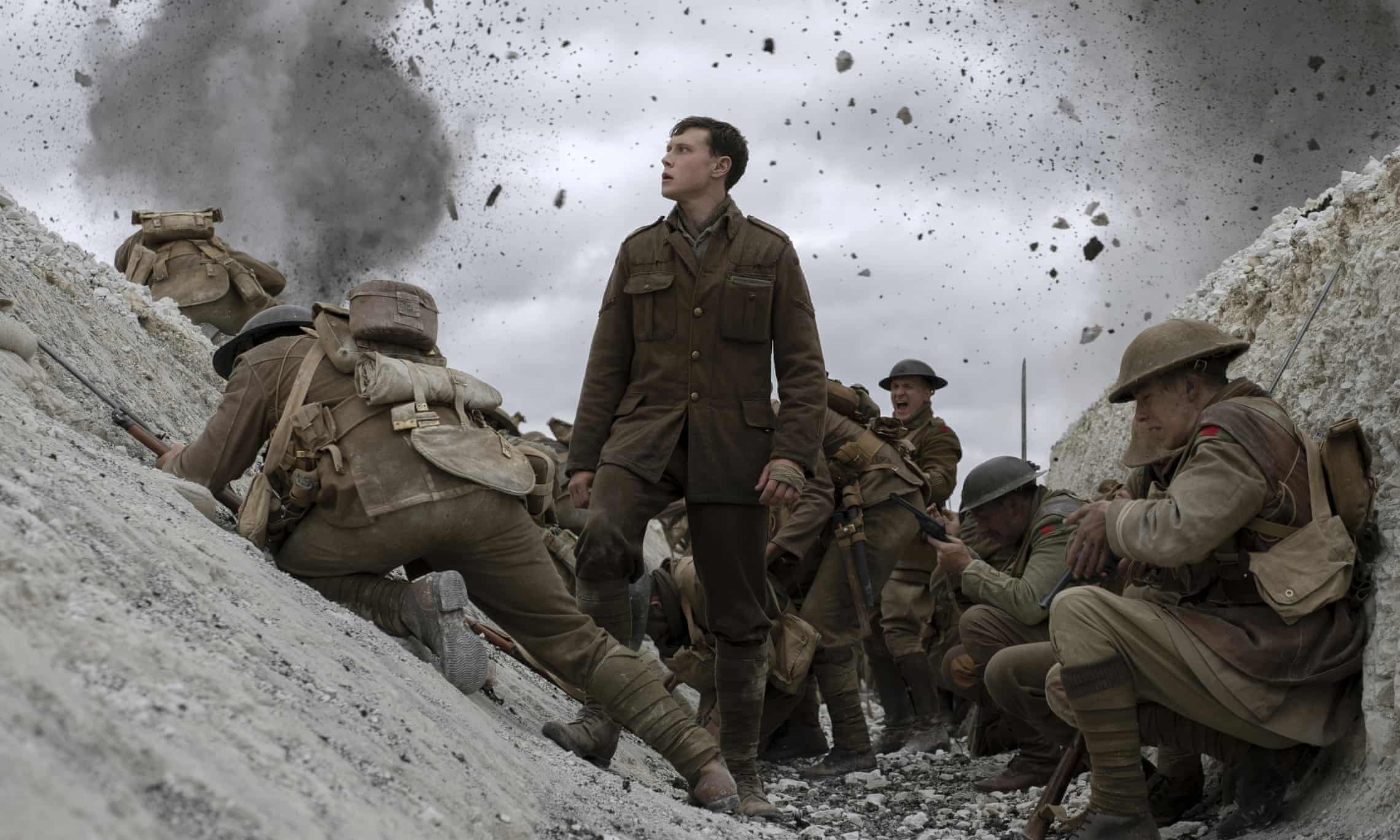Sam Mendes, director of the WWI movie 1917, spent time ensuring that every detail of the film was historically accurate, and the result reflects his and his crew’s attention to the details.
The film received a rave review when it was shown at the Leicester Square cinema to an audience that included Prince Charles and the Duchess of Cornwall.
Mendes, along with his two historical advisors Peter Barton and Andy Robertshaw and his military advisor, Paul Biddiss, reviewed every detail of the costumes as well as the behavior of the actors during the making of the film.
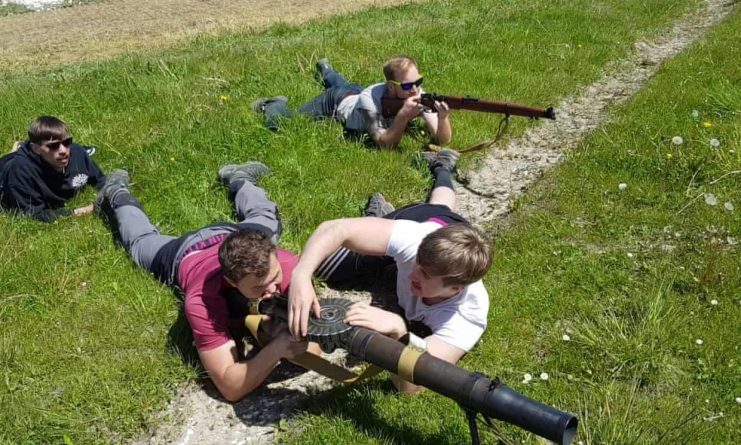
The film is set on one day, 6th April 1917, and is based on the wartime experiences of his grandfather, Alfred H Mendes.
The German army had tactically retreated to the Hindenburg Line, and the film covers one young man’s attempt to relay a message to his brother’s unit that would be cut-off by this retreat.
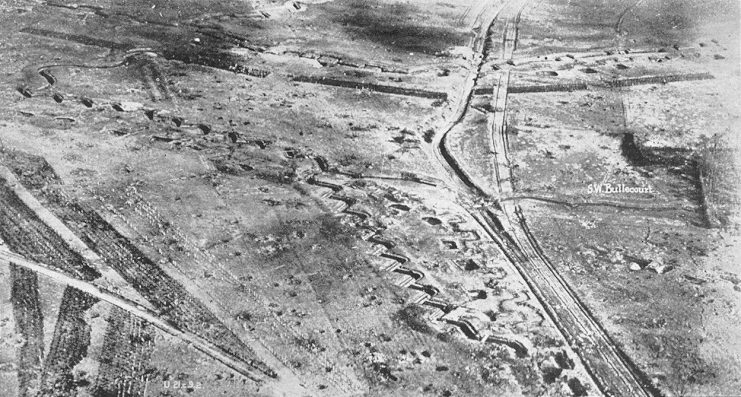
Mendes’s military advisor Paul Biddiss was responsible for ensuring that the behavior of the soldiers was accurate to the period.
Practices such as handling of weapons, what would be in kit bags, and ensuring that pouches were secured properly were carefully scrutinized.
Andy Robertshaw concentrated on ensuring that the set was accurately dressed. He saw to it that the items found in the trenches and the dugouts were historically correct.
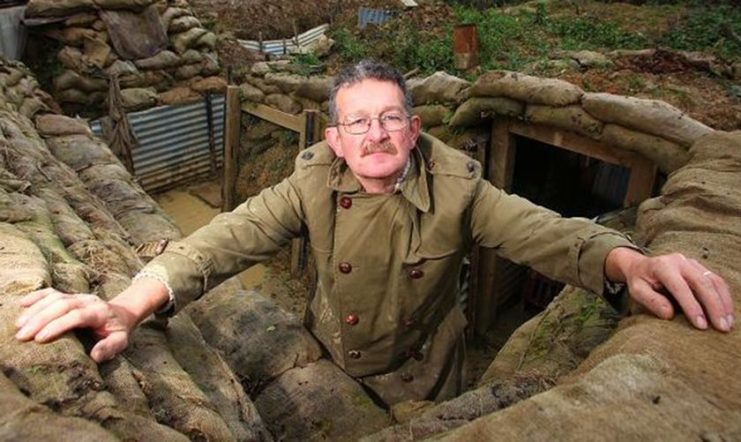
Peter Barton was tasked with keeping a weather eye on the entire process.
When Mendes and Wilson-Cairns had finished writing the screenplay, it was handed to Barton, who was asked to find all the errors, before filming started.
Examples of this fanatical attention to detail can be seen in the uniform and helmets worn by the troops. The team ensured that they were exact replicas of those seen in documentary footage and photographs.
They did not take the usual route of using World War II helmets, which are more readily available, but instead had replicas of the original Brodie helmets made.
Not only are they accurate replicas, but they differ ever so slightly from one battalion to another since, historically, at that time, the helmet design was changing.
Before the filming at Salisbury started, Sam Mendes invited local men aged between the ages of sixteen and thirty to come forward and audition as extras.
These men would be the troops in the trenches, and they had to be taught how to behave correctly.
Many were asked to grow mustaches, but no-one could have a beard as the only men allowed beards were Sikhs, due to their religious beliefs.
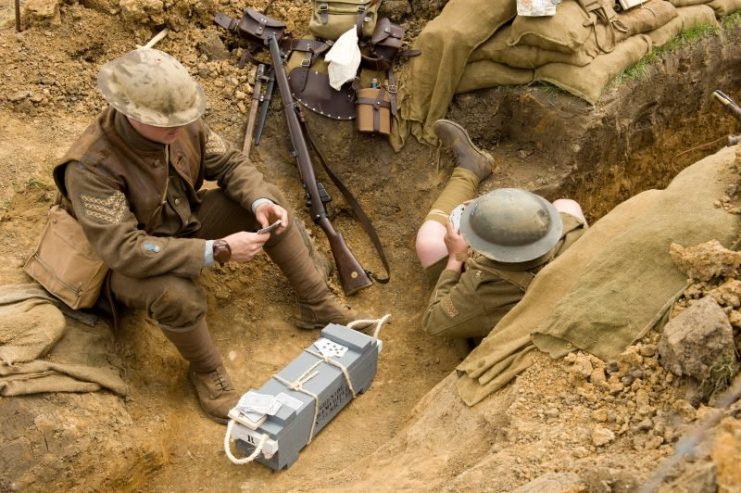
Biddiss also ran the six-month training course that Sam Mendes arranged for the 800 men chosen to play the troops in the film.
They were taught how to manage their weapons and how to take care of the small details, such as to ensure that their ammunition pouches were always appropriately secured.
Biddiss explained that in WWI, it was drummed into soldiers that they had to ensure that their ammunition pouches were secured.
Another habit drilled into the men, especially the leading actors, was the care that they had to give to their boots and feet.
They were taught that in the trenches, men were conscientious about looking after their feet. As the young men wore hobnail boots for 12-hours a day, they soon learned that any ‘hotspots’ they felt had to be dealt with immediately if they were to avoid severe blisters.
During wartime, those blisters could result in trench-foot, which could lead to their death.
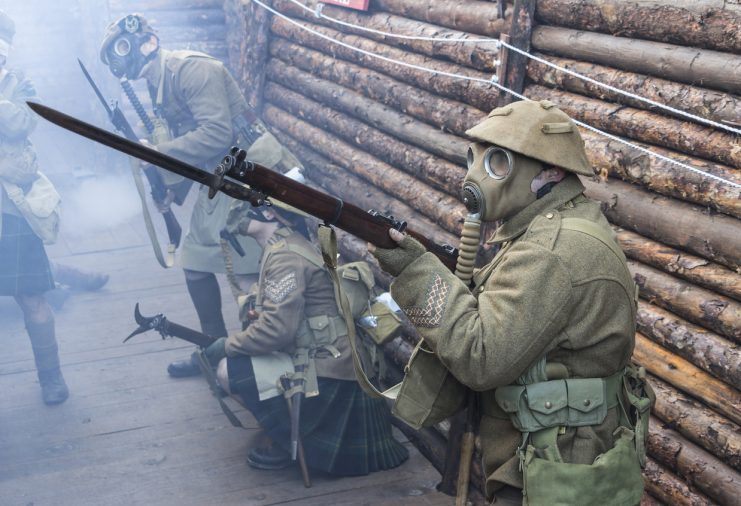
Another detail that was drilled into all the actors was never to place their fingers on the trigger of their guns, until they were ready to shoot.
The advice given to Chapman about his character, who was nervous about ‘going over the top of the trench, was to play with his bayonet continuously.
Biddiss was very pleased with one scene where one of the main characters runs through a trench, where the non-commissioned officers were running things, while a commissioned officer suffered from a breakdown due to nerves.
All this drilling was necessary as Mendes wanted to shoot in one continuous sequence to get the feeling of things happening in real-time. This meant that everyone had to be perfectly prepared.
While working on the film, Biddiss discovered that an uncle, Lance Corporal Robert Victor Biddiss, who served with the London Regiment, died when he joined the Hindenburg Support advance in December 1917.
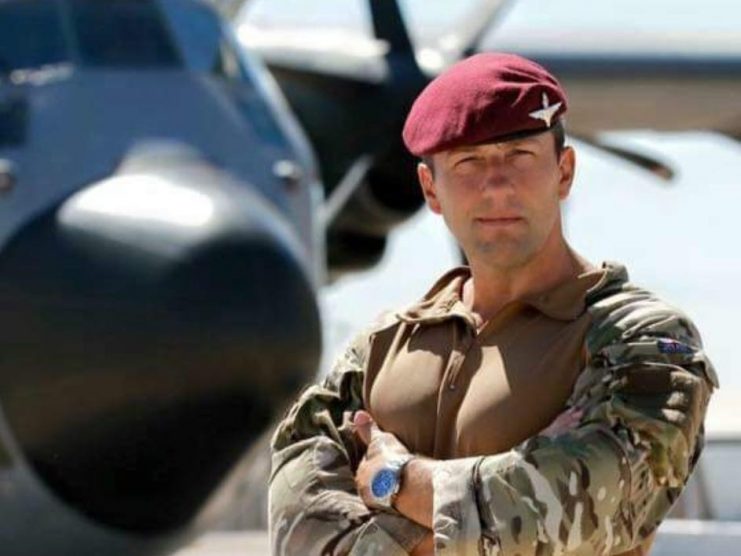
This emphasized the need to ensure that the film was historically accurate, to respect all the men that fought and died in the war.
Another Article From Us: 6 Massive Actors You Forgot Were In Band Of Brothers
Initial reports show that Sam Mendes has another blockbuster on his hands. This fitting tribute to the men and women who fought in the wars will be released into cinemas in January.
